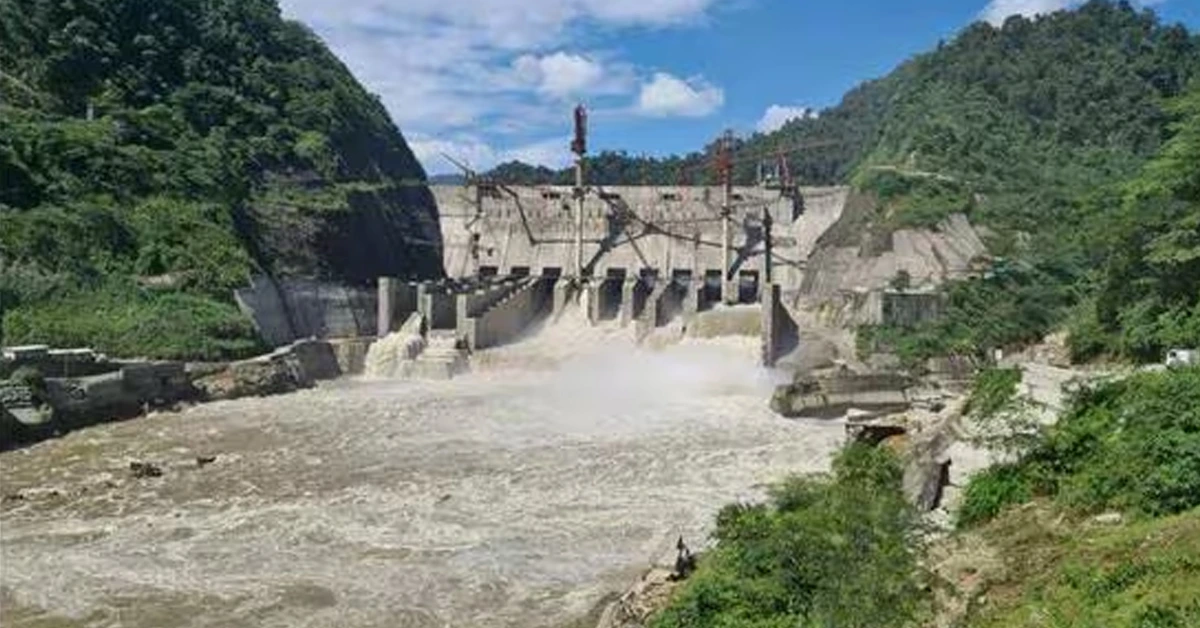
The Central Electricity Authority (CEA) has categorised the 2,000 MW Subansiri Lower Hydroelectric Project (SLHEP) as a ‘vulnerable’ project and has recommended the implementation of an Early Warning System (EWS) by the National Hydroelectric Power Corporation (NHPC).
According to CEA guidelines, hydroelectric projects situated above 1,500 metres in elevation and positioned at the upper reaches of Himalayan river basins are considered at risk.
These projects, due to their geographical and environmental sensitivity, are required to be equipped with EWS for enhanced safety monitoring.
On August 7, 2025, Thursday, Minister of State for Power, Shripad Naik, informed the Lok Sabha that an advisory has been issued to all developers overseeing such high-risk hydroelectric projects, urging them to implement Early Warning Systems without delay.
Among the other projects identified as sensitive are the Rangit (60 MW) hydropower project in Sikkim, along with the Panyor Lower (405 MW) and Kameng (600 MW) projects in Arunachal Pradesh.
Additionally, five more Sikkim-based facilities—Chuzachen (110 MW), Tashiding (97 MW), Rongnichu (113 MW), Dikchu (96 MW), and Teesta III (1,200 MW)—have also been included in the sensitive category.
As per Naik, a total of 209 hydroelectric projects, amounting to an installed capacity of 43.18 GW, have been commissioned nationwide. Of this, approximately 2,027 MW is generated in the Northeastern region.
In a related development, Union Power Secretary Pankaj Agarwal recently visited the SLHEP site, where he commended the project team for their efforts in expediting the commissioning of Units 1 through 4, and ensuring that the remaining units stay on track.
A major milestone was reached on July 20 when the generator rotor of Unit 4—an engineering marvel weighing 673 metric tonnes and considered the heaviest ever used in an Indian hydropower facility—was successfully positioned.
This critical operation paves the way for the assembly and early testing of Unit 4, moving the project closer to bringing four of its eight 250 MW units online.
ALSO READ | Green Hydrogen And Government’s Policy
The Story Mug is a Guwahati-based Blogzine. Here, we believe in doing stories beyond the normal.